No products in the basket.
Blog
Commonly Asked Drainage Questions: Can I Run Rainwater Into Sewer UK?
A frequently asked question is whether or not it is viable to run common types of water such as rainwater into shared sewers in the UK? This is a topic worth bringing up because it is essential that any project related to drainage that you are undertaking needs to comply with local and national guidelines.
What counts as surface water?
Surface water is often referred to in a number of different ways. The term in general can be linked with water that is found above ground, so this may include water from lakes and streams, but is more commonly used in reference to rainwater. If stormwater drains into the same place as wastewater or foul water, you must make sure that you have been told that they are permitted to be mixed together.
Is there anything you should be concerned about if rainwater finds its way into a foul sewer system?
At the point that the rainwater from a house drains into the same place as public sewerage, it instantly disturbs the first phase of the treatment process. This means that when the separation process has already taken place, mixing the two kinds of water cancels this out, which defeats the objective of sending foul water to a treatment plant.
When rainwater and foulwater mix, all the nasty things like oils and unwanted fats that sit in the foul water can no longer be filtered out and will in fact pass through the system as a result. This will eventually end up running or discharging into a river or another natural source of water. This can lead to pollution and is the main reason that you should seek another area for your rainwater to run into. In the worst case scenario, your local water company may get in contact with you and if it is found that you are in fact sending rainwater into drains of a foul water system without permission, you may be charged quite a hefty sum!
Most people are oblivious to how much water is actually passing through their own drainage pipe system every day, but this is something that should not be overlooked. This is because if you are aware of roughly how much water is leaving your home, you are able to prevent any bigger problems in the future. A good example for most people is through looking at a regular three-bedroom house. In this case, the usual discharge for a household this size over the course of 24 hours is 1m cubed, providing that the weather is normal. However, if there is water that is not correctly draining in areas like your garden, this water combined with the rainwater can lead to amounts as high as 20m cubed and more.
This helps put in perspective why you must direct your water to the correct place and not let it flow into the public sewer, for the main reason that there is a good chance that they will become overwhelmed, which in the long term leads to heavy pollution and flooding or overspill.
If your property is one which has a combined underground drainage system, then check out another one of our blog posts here where we go into detail about all of this!
Where is the best place to direct your rainwater that is collected in drainage pipes?
A ditch or a drywell
A ditch or a drywell is a common option for rainwater drainage and is basically a dugout hole in the ground which remains dry most of the while. The idea of the ditch is to provide a dry place for the water to run into which will also provide enough time for the water to soak away and drain away into the nearby soil in order to stop flooding. The ditch or drywell can be wrapped in a non-woven geotextile membrane, which means that the build up of unwanted materials is minimised and the water is still allowed to drain away. Furthermore, it is best to use some type of gravel to fill in the ditch because it acts as a great absorption layer.
A Headwall Charge
There are times when digging a large ditch or trench in your garden is not a suitable option. In this case, providing that you have had permission to do so and this does not breach any of your areas’ rules, then directing water towards a pre-existing water run may be an option. To make this adjustment, you would have to run a solid piece of pipe (usually twin wall drain pipes) towards the water source and surround the outlet section with concrete which will protect the bank, otherwise the storm water could potentially damage the river bank. Before installing a headwall charge, your local authorities will have a specification that you will have to follow to suit their guidelines, so be sure to contact them before deciding that this method will best suite your needs.
A soakaway system
The best way to think about a soakaway system is to imagine an underground reservoir that is installed for the purpose of collecting the rain water from persistent showers to reduce the risk of flooding. The soakaway crates (attenuation crates or cells) themselves are installed in an area beneath the ground and the crates are wrapped in non woven geotextile membrane so they stop muck and dirt from entering the system and hindering its ability to function in the way that it should be. Due to a non woven geotextile fabric being used no debris or dirt can enter the drainage system however water is still able to enter the soakaway system, which will then be slowly let back into the ground through a process called infiltration. You can check out our soakaway crate kits, which come with all the necessary components for a complete system.
If you need to know whether or not this is the right system for you, check out our soakaway blog posts here!
Are there any other factors which I need to take into consideration when it comes to rainwater?
When it comes to your neighbours, it’s always best to stay on the good side of them, so it would not be the best idea to send your unwanted rainwater in their direction. This is because if they don’t have the right drainage precautions in place, it could cause damage to their property, which, in the end, you may end up having to pay for! If, instead, a better option would be to connect to a foul drain system, you must ensure that you have run this past your local authorities because it is imperative that you have been given full permission to do this. The remaining factor that you must not overlook is wildlife. It is ultimately bad practice if your stormwater or rainwater drains or runs into a woodland area. The primary reason not to do this is because it can affect the growth rates of the tree roots, which in the long run may interfere with pipelines. It can also damage the habitat of animals, which is something to bear in mind.
If there is anything in the blog post that you are unsure of, feel free to ring up our team and ask any unanswered questions and we will be more than happy to answer them to the best of our ability!
Shop Soakaway Crates:
(28)
From £228.03 Excl. VAT
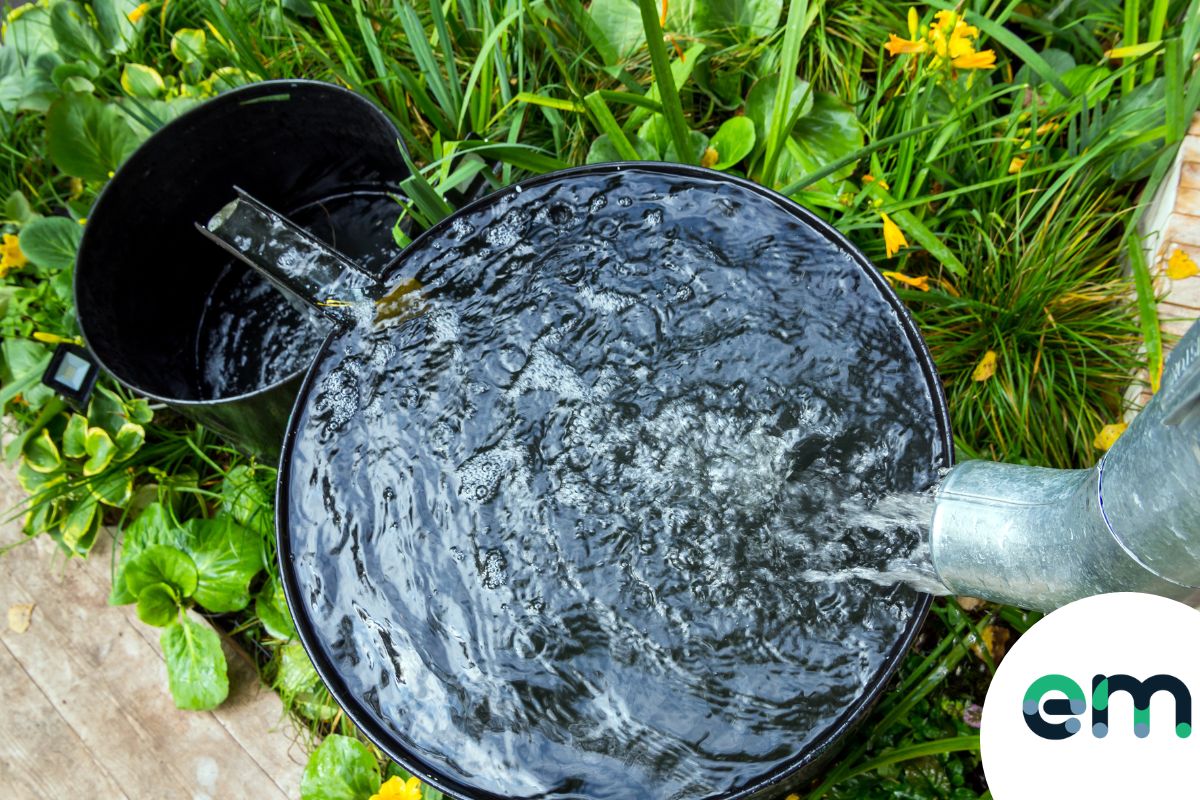
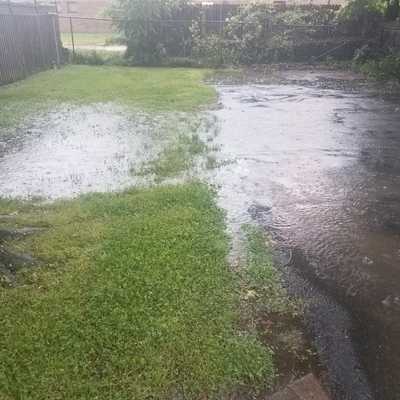
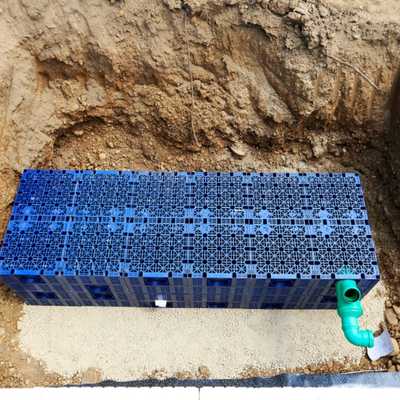
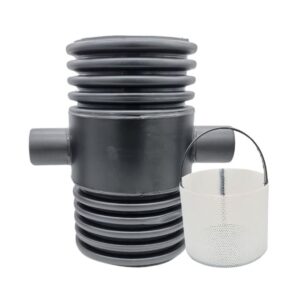
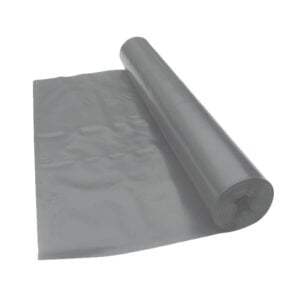
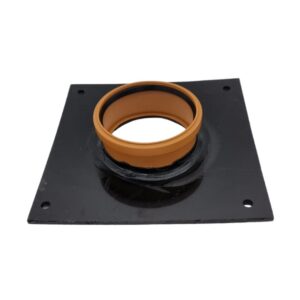
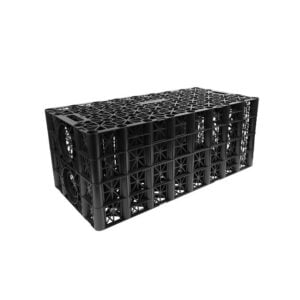
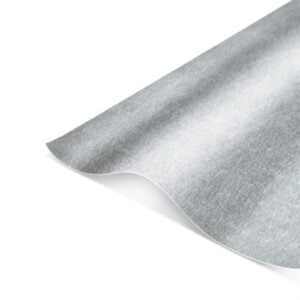
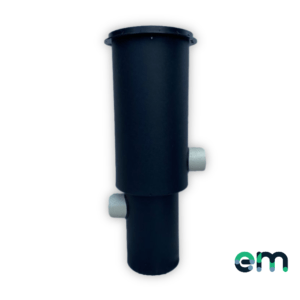
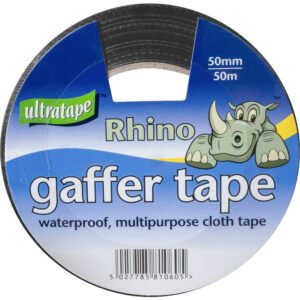

Hi, i have a patio that drains into the sewer, I have been replacing the patio and wanted to ensure the surface water stopped going into the sewer. I tried digging a trial pit to put a soakaway in but the subsoil is very heavy clay. Also the water table is only about 30cm under the patio. I only got about 1 meter down as i was digging in a large hole full of water. So perhaps if there was a prolonged dry spell i might be able to find out if the heavy clay is shallow and reach a layer where water will percolate through. But i really doubt it. I am at the bottom of a hill and both neighbours have raised the level of their garden.
The gardens were terraced running down to the houses at the bottom but they have raised the level nearest the house so my garden is in a bit of a pit with higher ground either side.
Is there any way to drain a patio other than the sewer in these circumstances.
For information this is a victorian terraced house and its already prone to damp so dont want to make it worse